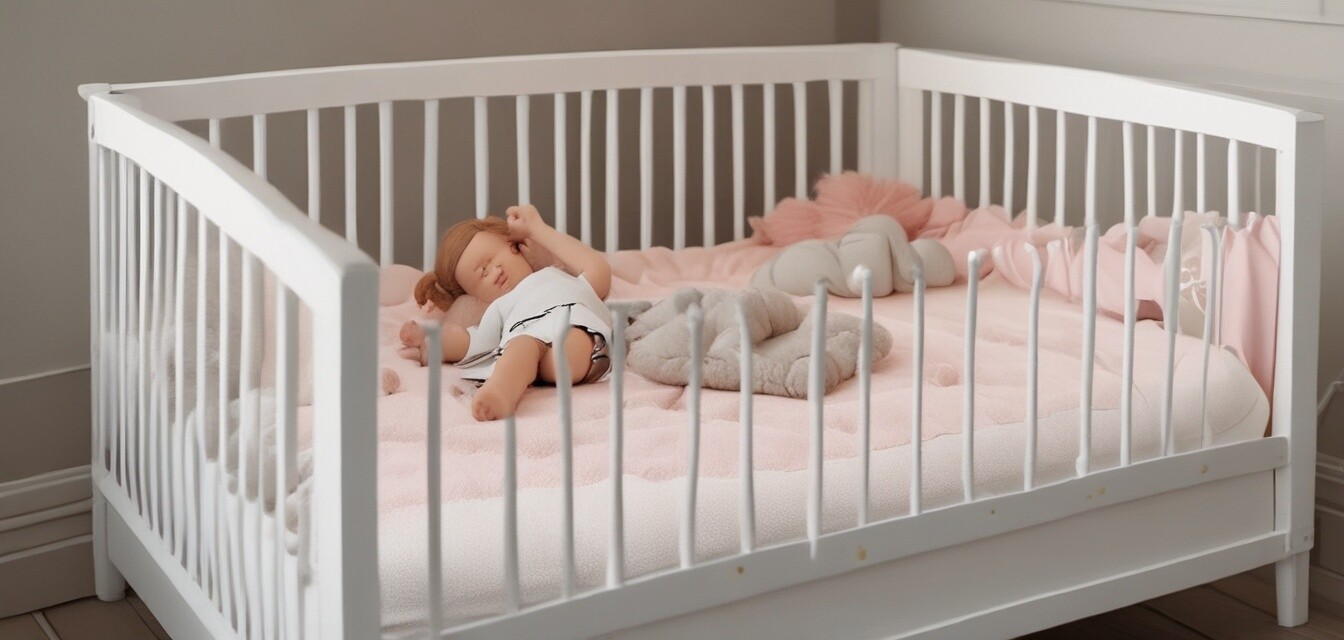
Comparing Cot Mattress Types: Foam vs. Innerspring
Key Takeaways
- Foam mattresses offer pressure relief and are often lighter, making them easier to handle.
- Innerspring mattresses provide a traditional feel and may offer better airflow.
- Both types come with their own safety standards and comfort levels, essential for your baby's sleep.
- Your choice should reflect your baby's specific needs, preferences, and safety requirements.
Choosing the right cot mattress is a crucial decision for parents eager to ensure their child’s comfort and safety. With so many options available, foam and innerspring mattresses are the most popular choices, each having its own set of features and benefits. This article will help you weigh the pros and cons of foam versus innerspring cot mattresses, assisting you in making an informed decision for your baby's sleep environment.
Understanding Cot Mattresses: Foam vs. Innerspring
Cot mattresses serve as the foundation for your baby’s sleeping needs, impacting their overall sleep quality. In this section, we’ll break down the two primary types of cot mattresses, highlighting their key characteristics.
| Type | Material Composition | Weight | Firmness | Price Range |
|---|---|---|---|---|
| Foam | Polyurethane or memory foam | Lightweight | Firm to medium-firm | Moderate |
| Innerspring | Steel coils with padding | Heavier | Medium to firm | Moderate to high |
Pros and Cons of Foam Cot Mattresses
Pros
- Lightweight and easier to move
- Good pressure relief for infants
- Often hypoallergenic options available
- Generally more affordable
Cons
- May retain heat, causing overheating
- Less breathability compared to innerspring
- Can sag over time if not of high quality
Pros and Cons of Innerspring Cot Mattresses
Pros
- Excellent airflow and breathability
- Traditional feel with strong support
- Versatile options for firmness
- Tends to be more durable over time
Cons
- Heavier and harder to move
- Can be more expensive depending on quality
- May not be the best for pressure relief
Choosing the Right Mattress for Your Child
Selecting the right cot mattress is essential for both comfort and safety. Here are some factors to consider:
- Age of the Child: Infants and toddlers may have different comfort needs. Foam may be beneficial for infants, whereas toddlers may benefit from the support of an innerspring.
- Allergies: If your child has allergies, a hypoallergenic foam mattress might be the best choice.
- Space and Portability: If you need to frequently move the mattress, a lightweight foam option is ideal. Check our travel cot mattresses for options.
- Budget: Evaluate your budget and find a mattress that meets your criteria without exceeding it. Always compare prices across types.
Care and Maintenance Tips
Maintenance is vital for keeping your child’s cot mattress clean and safe. Consider these care tips:
Tips for Maintaining Your Cot Mattress
- Regularly vacuum the mattress to remove dust and allergens.
- Use a waterproof cover to protect against spills.
- Rotate the mattress every few months to ensure even wear.
- Follow manufacturer instructions for cleaning.
- Allow the mattress to air out periodically.
Conclusion
Ultimately, the choice between foam and innerspring cot mattresses will depend on your child's specific sleep needs and your personal preferences. Take the time to assess the features that matter most to you, and consider your budget and safety standards. A well-chosen mattress will not only support your baby’s sleep but also give you peace of mind as a parent.
Explore More
For more insights on cot mattresses, check out our buying guides to help you make the best choice, or learn about cot mattress maintenance for keeping your baby's sleep space pristine.